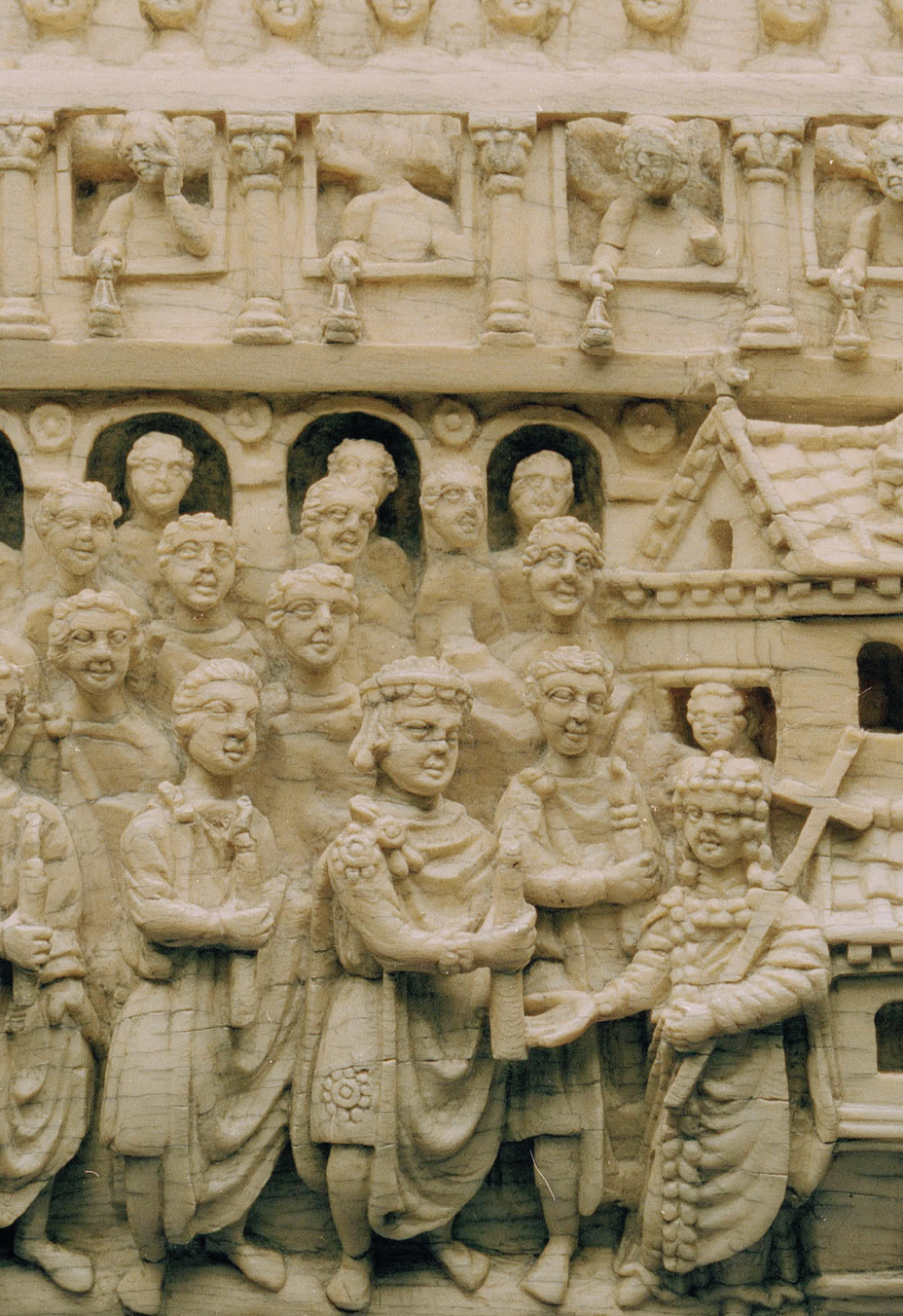Understanding Western Society
Printed Page 176
Introduction for Chapter 7
7
LATE ANTIQUITY
250–600
>In what ways was late antiquity a period marked both by continuity and change? Chapter 7 examines the period in which the Western Roman Empire slowly disintegrated and ultimately collapsed. The two main agents of continuity in late antiquity were the Christian Church and the Byzantine or Eastern Roman Empire. Missionaries and church officials spread Christianity within and far beyond the borders of the Roman Empire, bringing with them the Latin language and institutions based on Roman models. The Byzantine Empire preserved and transmitted much of ancient Greco-
LearningCurve
After reading the chapter, use LearningCurve to retain what you’ve read.

> CHAPTER CHRONOLOGY
| ca. 293 | 429 |
| – Diocletian establishes the tetrarchy | – Vandals begin their conquest of North Africa |
| 313 | 476 |
| – Edict of Milan, allowing practice of all religions in the Roman Empire | – Odoacer deposes the last Roman emperor in the West |
| 325 | ca. 481– |
| – Council of Nicaea | – Reign of Clovis |
| 354– |
493 |
| – Life of Saint Augustine | – Theoderic establishes an Ostrogothic state in Italy |
| 378 | 527– |
| – Visigoths defeat the Roman army at Adrianople | – Reign of Justinian |
| 380 | 529 |
| – Theodosius makes Christianity the official religion of the Roman Empire | – The Rule of Saint Benedict |
| 410 | 535– |
| – Visigoths sack Rome | – Byzantines reconquer and rule Italy |
| 597 | |
| – Pope Gregory I sends missionaries to Britain |